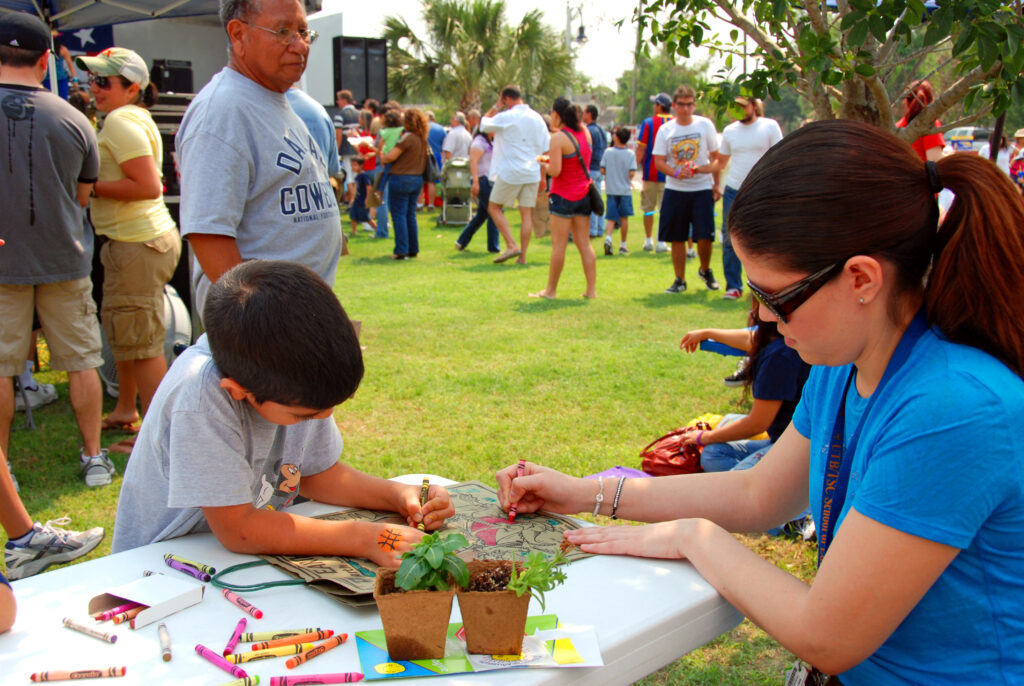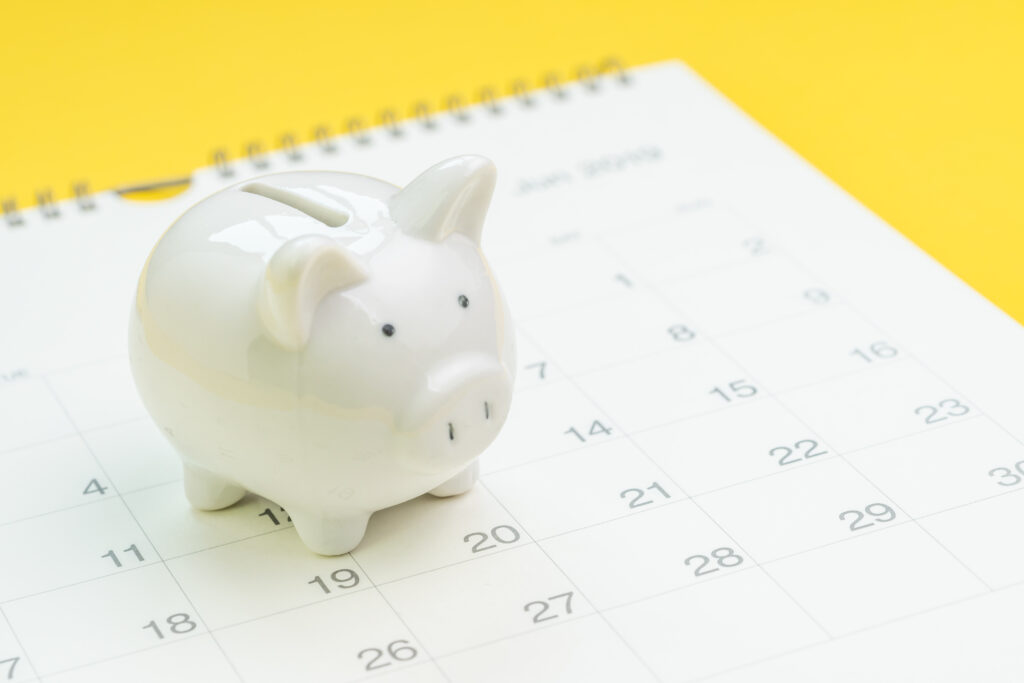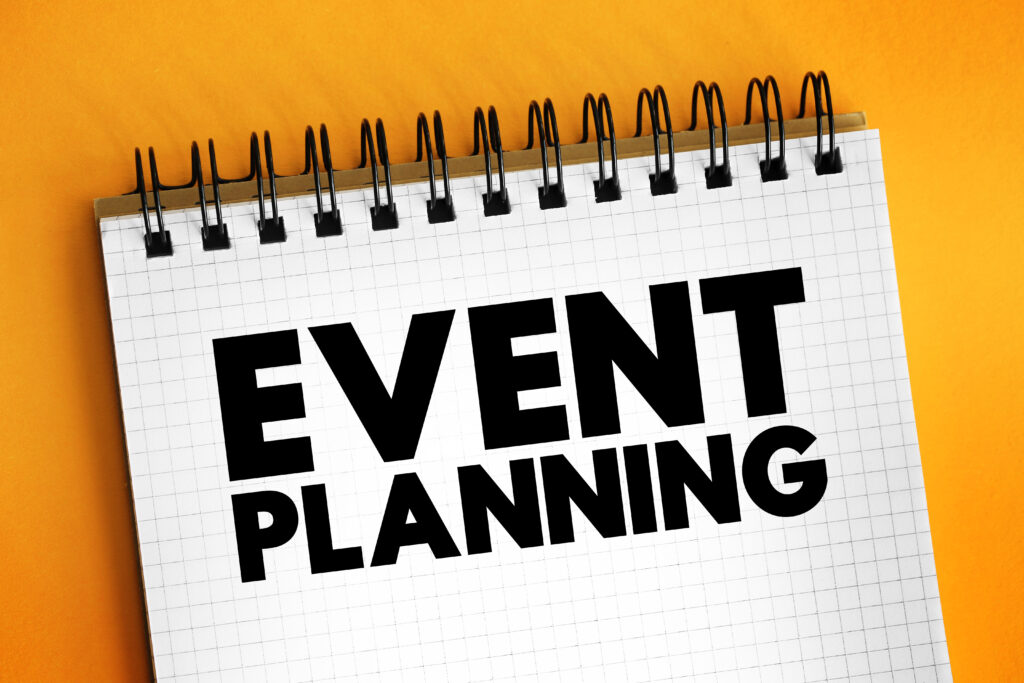
Planning an Earth Day Event!
So, you are interested in planning an event that celebrates our planet! Yay! And congratulations!
Hosting an event is a really exciting project and a wonderful experience, especially if you can work together with friends, classmates, neighbors, and your community. I am not going to lie and tell you that it is easy, but I will say it is worth every bit of time and effort you put in – especially when you are organizing an event that brings attention to our planet’s needs!
Event organization is a BIG job!
There are a lot of steps that are necessary to create and host a successful event. Coming up with a great theme – which you already have – and some basic ideas is absolutely just the start. To achieve your goal, you will want to maximize attendance so you will need as many people involved as possible.
Earth Day is celebrated on April 22nd every year, and you will want an event on a day as close to the 22nd as possible. That might be your very first hurdle. And the best way to overcome all hurdles is to have the time to do so. I recommend that you start planning, if possible, 6 to 7 months in advance. This time frame means that your planning will begin in September.
September planning is perfect!
Yay! Everyone is back in school and on a more regular schedule. Seeing your peers daily and having school administrators, teachers, and staff provides resources as well as a perfect place for you to hold meetings and grow your committee of volunteers. I bet there are a lot of environmentalists, go-getters, and experienced event planners within your school community who will help turn your event into a huge success.
What do you do first?
Start by preparing yourself to share your basic event ideas. You can organize a beginning outline to bring to school. Ask to have a meeting with an adult in the school who oversees clubs. If there is a Sustainability Club, then you want to meet with that advisor and perhaps the entire club membership. If there is not yet a Sustainability Club at your school, maybe it is time to create one!
Your basic outline can look something like this:
- Desired Event: Community Sustainability Fair & Earth Day Celebration!
- Desired Event Date: A weekend date as close to April 22nd as possible.
- Desired Event Time: 11am – 3pm.
- Desired Location: Public Library, or School (Inside & Outside) or other Town Venue.
- Desired Audience: The entire town – all ages.
- Desired Outcome: To raise awareness about individual and household sustainability, to celebrate Earth Day, and rally support for positive climate action.
- Event Planning Checklist (Your initial “To Do’s” & Ideas):
- Recruit a committee of volunteers.
- Choose a specific date and confirm that the desired location is available.
- Officially reserve your location by signing any paperwork and applying for any permits, etc.
- Make sure the event gets added to town, school, and library calendars, as well as to any social media platforms.
- Determine budget & brainstorm ideas to generate funds to cover the cost of expenses.
- Build event details & schedule of events.
- Develop a marketing plan.
- Break the main committee into sub-groups to manage the organization of each piece of the project.
- Ideas of potential vendors and organizations to have booths/tables:
- Local composting companies
- Local Famers & CSA’s
- Local Beekeepers
- Local Garden Stores
- Local Clean Energy Providers
- Local Climate Authors
- Local Plant-based Chef’s
- Local Bike Shop
- Town’s Hazardous Waste Removal Team
- Town’s Recycling Team
- Plant-based and Clean Energy Food Trucks providing food for sale
- Local Musicians
- Local Conservation/Climate Activism Groups
- School’s Sustainability Club
- Youth Climate Group – like the Sunrise Movement
- Local Land Trust
- More …
- Schedule of Events Ideas:
- Potential demonstrations and activities:
- Beekeeping
- How to choose and care for the best indoor plants
- How to grow herbs indoors year-round
- Plant-based cooking demonstrations
- Bicycle general repair and maintenance workshop
- Bicycle safety seminar
- Recycling Game – what goes in, what is out!
- How to backyard-compost
- How to capture rainwater for gardening
- How to grow a successful vegetable garden
- More …
- Potential kid focused activities:
- Facilitate a collaborative art project that will hang in the library/school
- How to create art from trash/recycling
- How to sew, a demonstration on, “how to fix things instead of replacing them”
- How to plant seeds
- How to create a climate activism group (Sustainability Club) at school
- More …
- Potential demonstrations and activities:

More information about forming a committee of volunteers
After you explain the basics of your idea to the initial group, it is time to invite others to participate in the brainstorming and the work ahead. Volunteers are essential to the success of any event. It is helpful if you can have a sign up of interested people, and organize a few meetings where you can delegate tasks and create deadlines. Each time you meet each committee member can update the group on the progress they have made on their particular task.
You may also need volunteers to:
- Sell sponsorships or ads to create money for the event expenses.
- Buy supplies.
- Create marketing materials and distribute them.
- Create an event website.
- Create a Program of Events brochure.
- Recruit speakers & presenters for your activities.
- Recruit businesses to have booths/tables.
- Introduce the speakers and presenters.
- Set up the event space.
- Clean up after the event.
- Run an information or registration table.
- And more!

More information about choosing the date & location
If you are holding an Earth Day Event it is nice for you to host it on a weekend date closest to April 22nd. Earth Day 2026 falls on a Wednesday so you can choose to hold your event the weekend before, Saturday April 18th, or Sunday April 19th, or hold it the week after Saturday April 25th, or Sunday April 26th. The best approach may be to check with the town to see the availability of your desired location as well as what, if any, other events may already be scheduled.
Don’t forget to consider a rain-date if your event is planned to be outside. Maybe it can still be held in the rain, you just want to make sure you publicize whether or not the event will take place regardless of weather. You can advertise, “rain or shine,” or “our rain date is…”

More information about developing a budget
A budget considers costs or expenses versus income or money available. For example, maybe your town has a fee that has to be paid to acquire a permit. Where does that money come from?
To develop a budget, you will have to estimate all expenses/costs to determine how much money you need to host the event and then alternatively figure out how you will raise the necessary money (or where you will get it from) in order to pay for all the costs.
Does your town or school have a budget for creating such an event? Ask at school and at the library and even at the town hall to see who can help. Your town may have a sustainable committee that has some money that can help you buy the necessities for putting on a successful event. If there is not any available money for putting on an event perhaps you can sell advertising space in your event brochure and/or signage at the event. You can also ask for each of the companies attending to pay a small fee for the space at the fair.
Essentially you are asking local businesses and organizations to sponsor the event. Ask each sponsor to highlight in their ad what they do that is sustainable as a way to continue to highlight the importance of sustainability and climate-friendly practices.
More information about making a marketing plan
To achieve your goal, you will want very good attendance at your event. The more people who come, the more who are exposed to information about the positive climate actions. Make sure you check with the town hall to see if you need a permit or if the town has other requirements for holding such an event and also if there is a limit to the number of people.
Once you have the date and venue confirmed, you can begin marketing. Social media platforms are great for getting the word out in a sustainable and cost-free way. Also check to see if your town has an email list of residents, or maybe your school has a way to communicate with all parents in town, your library may also have a contact list. Try and utilize resources that already exist as well as working to keep everything as climate-friendly as possible. You certainly do not want to print out flyers and put them on people’s cars. That is a waste of paper (trees) and much of that will end up as litter.
Some more ideas about marketing your event:
- You can do stepped-marketing, meaning at first you can spread the word by asking everyone just to mark their calendars to save the date. As you get closer you can provide more information to excite people about attending. And ultimately, you can use a platform like Eventbrite, Evite.com, or SignUpGenius to have people reserve spots for your demonstrations and activities.
- Maybe you can coordinate with your school’s art department to have a class art project to make posters or artwork that helps to promote the event.
- Or ask a parent who works in marketing to help create a marketing plan with materials. Perhaps they can offer it as a learning experience to all interested students.

Wow! There is a lot to do!
Event Organization is for sure a lot of work! The best solution is to involve as many people as possible so that the work is distributed over many instead of relying on just a few.
Our Earth is worth it! We need to bring information to every community about how we can all live more sustainably and make better climate-friendly decisions. An Earth Day community event is a really fun way to focus everyone’s attention on solutions and better practices.
Leave a comment below if you need additional information and/or resources on planning your event! Best of luck and have a blast!

Leave a Reply